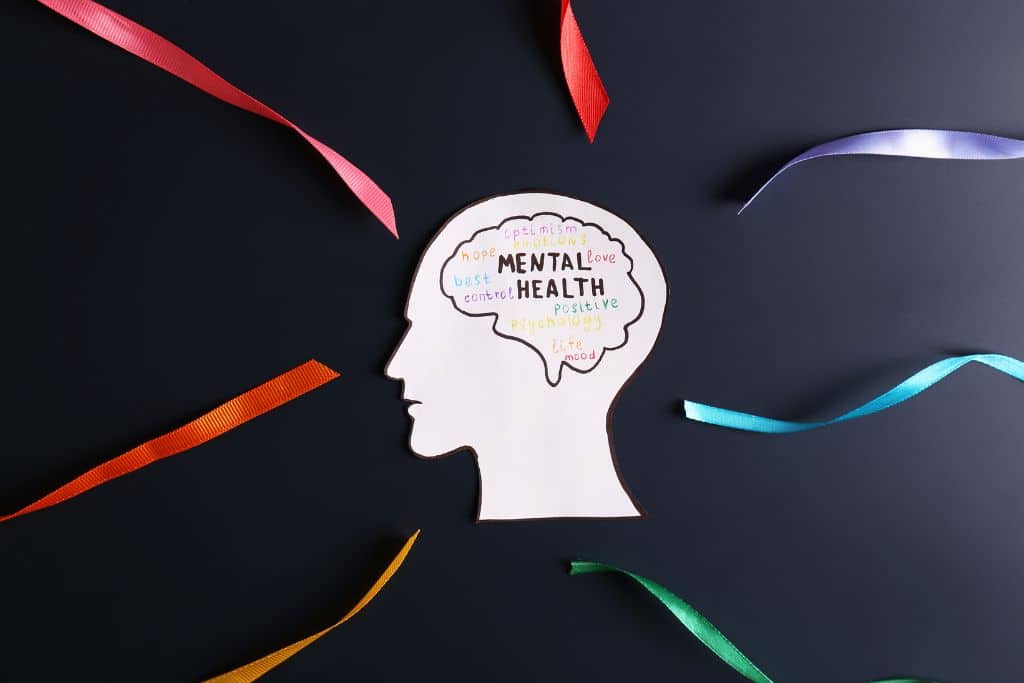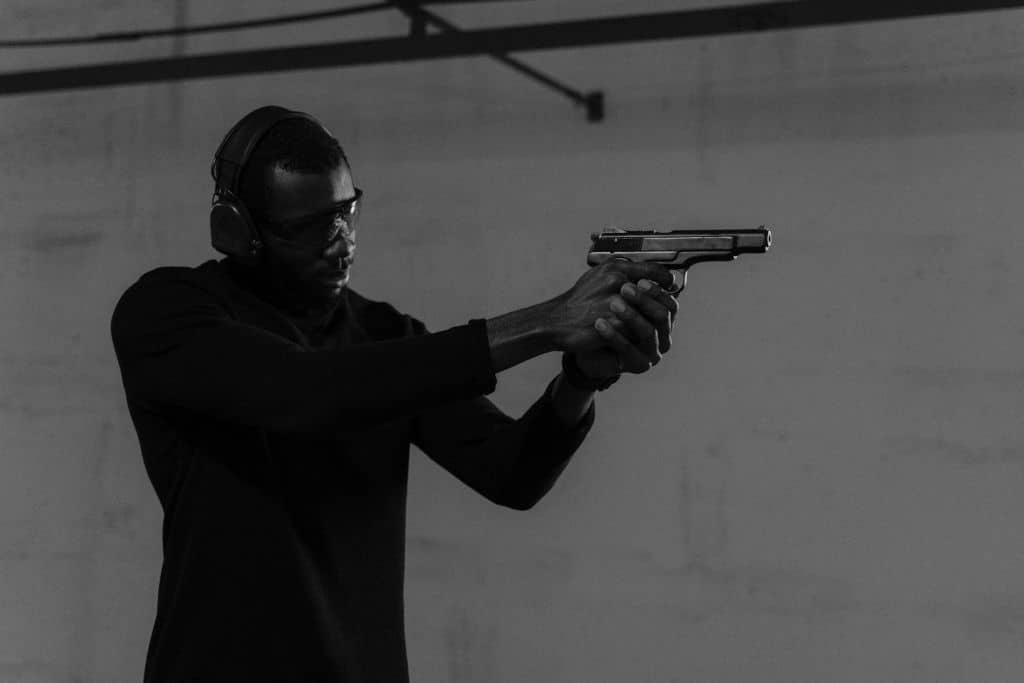Gun Violence: Causes and Impacts on Society
The impact of gun violence on society goes far beyond the loss of life. It can have a significant impact on mental and physical health, education, and economic security.
Inequalities and discrimination are primary factors in creating a cycle of gun violence in some communities. These factors also affect access to healthcare, employment, and housing.
Inequalities and Discrimination
Gun violence is often associated with social inequalities, especially racial and ethnic inequality. This impacts people across the full range of human rights, including access to education and work, their right to privacy, and their right to health.
In the United States, Black Americans are 10 times more likely to die from homicide than Whites, and many more of these deaths involve guns. This disproportionate impact can only be explained by systemic racism, including segregation, disinvestment, and poverty.

While research into neighborhood-level violence has traditionally focused on the structural features of neighborhoods themselves, recent ecological work has also challenged the dominant frame of this field by insisting that factors originating outside of neighborhoods-like large economic shifts and discriminatory housing policies-concentrate within specific neighborhood contexts in ways that influence disadvantage and violence.
Mental Health Issues
In the wake of mass shootings, mental health issues have become a hot topic among policymakers and the general public. Some have laid the blame on unregulated guns while others have urged increased funding and support for mental health services, in part as a suicide prevention approach.
Suicides account for 61% of all firearm fatalities in the United States, including a large percentage of the victims who are reported to have a history of mental illness [45]. However, there is no data to support policies based on background checks of gun records as a way to prevent suicides or other forms of violence among people with psychiatric disorders.

A better understanding of the links between psychiatric disorders and violence is critical to developing evidence-based policy to reduce gun violence and other forms of violent behavior. More research is needed to explore patterns of impulse control, empathy, problem-solving, and anger management across shootings, as well as how these functions interact with the harmful norms and behaviors associated with these disorders.
Social Isolation
One of the most overlooked factors that lead to gun violence is social isolation. This occurs when people lose contact with friends, family, and neighbors because of depression, anxiety, physical illness, changes in job or family responsibilities, or other factors.
While most people are not socially isolated all the time, they may feel as if they are, especially after a death or other major loss. This can be a normal feeling for some, but for others, it can have a harmful effect on their health and mental well-being.

Loneliness and isolation are linked to a variety of health conditions, including chronic lung disease, arthritis, impaired mobility, and depressive symptoms. They are also associated with lower wealth and higher sex inequality.
While physical distancing has been a prominent feature of the COVID-19 pandemic, social isolation was an issue before the pandemic and is likely to continue to be an issue after it. In order to address these issues, policymakers and community organizations must develop and implement strategies that include social connection as part of the overall health system.
Access to Firearms
Access to firearms is one of the main drivers of gun violence in society. It contributes to homicide, suicide, and injuries among children, young people, and adults.
Across the Americas, gun violence is particularly common and disproportionately impacts people from disadvantaged communities. It is caused by easy access to firearms, weak regulation, and poor implementation of laws that are designed to curb firearm violence.
In the United States, there were more than 39,000 deaths from guns in 2017 – 109 per day.

A recent meta-analysis found that the odds of suicide were higher when a person had access to a gun. This study included a large number of studies and used both observational data and surveys. It also assessed whether the results were confounded by state-level suicidal behaviors. The findings are alarming and provide evidence that clinicians should consider the availability of firearms when assessing clients’ risk for violence or suicide. This is especially true when working with people who live with mental illness.

